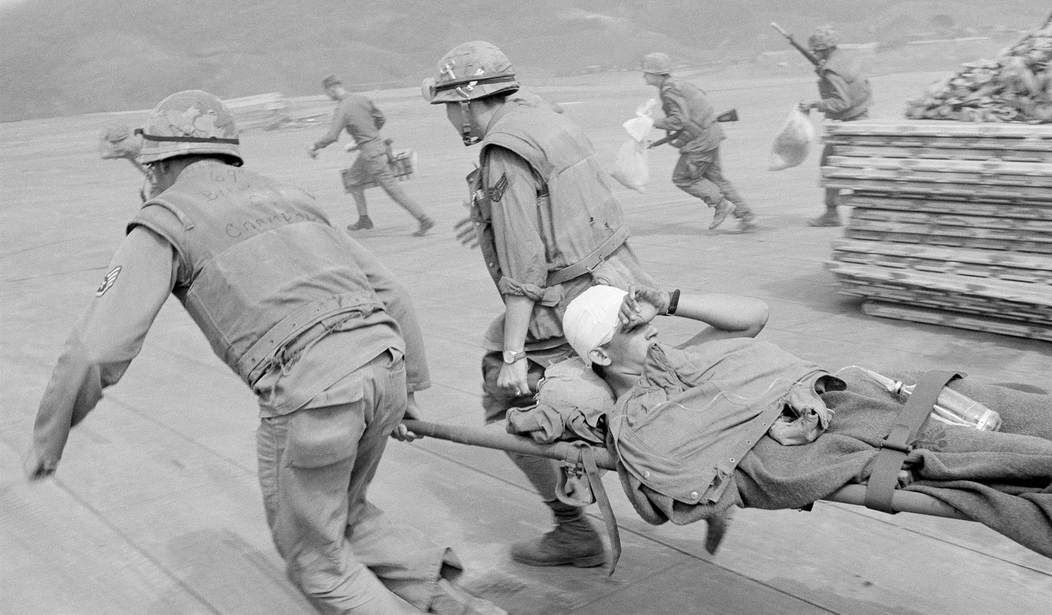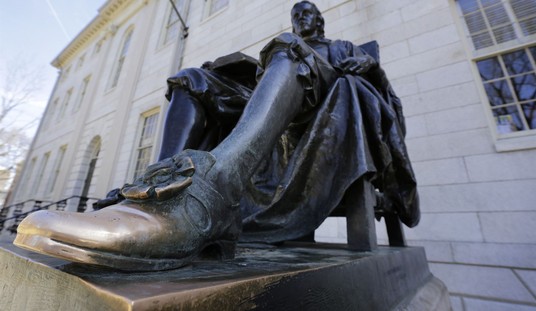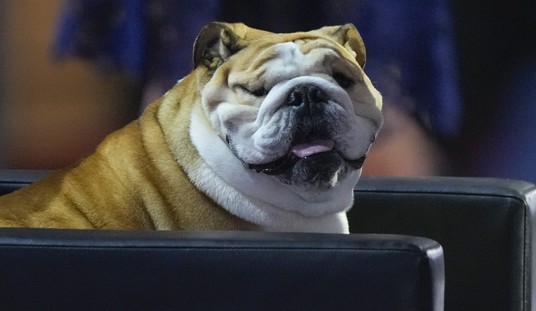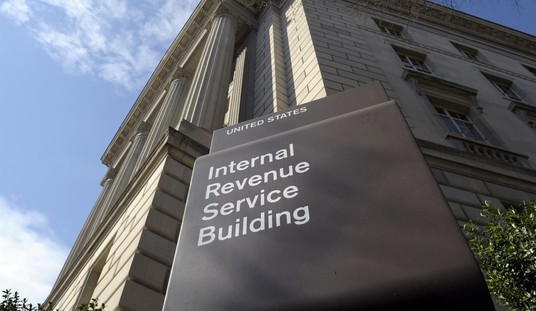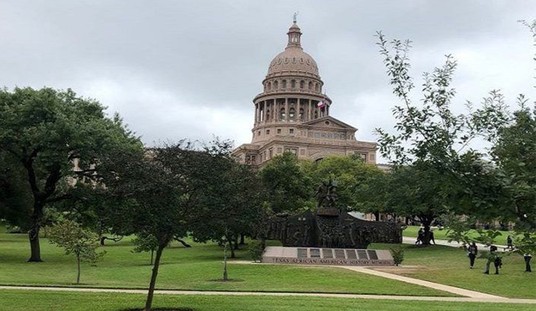Near the end of the Vietnam War in 1975, the sound of not-too-distant artillery fire was the round-the-clock white noise of life in Saigon’s humid streets.
It was my first foreign assignment, not counting Henry Kissinger’s Mexican honeymoon. I was part of a four-man news bureau headed by the legendary Malcolm Browne, my foreign correspondent hero from college days a decade before.
A towering yet humble figure, what he didn’t know or hadn’t written about Vietnam and that war wasn’t worth knowing.
Mal was prepared for anything, even secreting in his socks a mini-fortune in taels, stamp-sized wafers of gold used as currency in Southeast Asia, to bribe his way out of dangerous situations. Of which there were many there in those days when the U.S. was deeply resented for pulling its troops two years prior.
Late one afternoon, he returned to our Saigon News Bureau from a visit to Danang. “The end is near,” he announced. “Families are selling their heirlooms on the street.”
He was correct, of course. Within the month, North Vietnamese tanks were crashing through the gates of Saigon’s presidential palace and the imposition of Communist rule and re-education camps was underway.
The world watched hundreds of thousands of refugees attempt to flee on boats, rafts, and airliners and the infamous airlift off the embassy roof. At one point, 115,000 refugees were housed in tents on Guam, so many that the tent city got its own zip code.
The ill-fated and deadly involvement of the U.S. in Vietnam had begun 15 years earlier when newly-sworn President John F. Kennedy rushed Army advisors to help South Vietnam against the Vietcong and North Vietnamese. For years, President Eisenhower had resisted pleas for U.S. involvement in that guerrilla war from both France and Saigon.
Initially, American advisers were not allowed to fire weapons. U.S. mission creep began when that was authorized later.
At one point in 1969, 543,000 U.S. armed forces were there. Eventually, 3.1 million Americans (plus allies like Australia and South Korea) would serve in Vietnam with 58,220 not coming home alive and 1,241 still missing. The last U.S. combat troops left in 1973.
Between 1954 and 1975 another estimated 1.1 million North Vietnamese and Vietcong perished in fighting along with about 700,000 South Vietnamese.
As the end approached in the spring of 1975, U.S. Ambassador Graham Martin and President Gerald Ford were masking the defeat. In fact, just two weeks before the end, I covered the arrival in Saigon of a C-5A, the largest plane I had ever seen.
One of the Air Force pilots told me he’d been asleep at home near Sacramento when he got a phone call with orders to fly nonstop to Saigon.
It was a ridiculous “show of support” – delivering 37 105-mm howitzers. That made a single news-cycle photo op, and the weapons quickly became shiny green gifts to the communist conquerors.
Martin forbade evacuation preparations for fear of igniting panic. Which the eventual end did anyway because there had been no preparations.
Is any of this ringing bells from Joe Biden’s abrupt troop withdrawal from Afghanistan one midnight two years ago when we lost yet another war? And the ensuing botched evacuation, which Biden said would not be like the Saigon panic, but turned out that way anyway?
Once again, the thousands who cooperated with American forces suddenly abandoned by an unprepared U.S. president, now trying to flee for their lives fearing the conquering enemy, in that case, the Taliban. The military equipment left behind for the feared foe because of additional poor preparations.
We’re not teaching history so much anymore. So, few are aware of these deadly precedents, including some current “leaders.”
Hardly anyone even remembers, for instance, that Ho Chi Minh, the revered early leader of Vietnam, studied the American Revolution to learn about guerrilla warfare. And here we were, trying to defeat them, as the British did to us. Also unsuccessfully.
This week, Joe Biden became the seventh U.S. president to visit Vietnam, two during the fighting (Johnson and Nixon) and five in a row, starting with Bill Clinton. Most visits were two or three days.
Clinton resumed bilateral diplomatic relations in July 1995, 20 years and three months after the war’s end. Then, in the waning months of his last year, Clinton went there and gave the first foreign leader’s speech on national TV.
“A painful, painful past," he said, “can be redeemed in a peaceful and prosperous future.”
To a national university audience, Clinton urged political and religious openness. Of course, that was in vain, but he had to say it for people back home. Biden can save his breath this time as the regime imposes a new crackdown.
George W. Bush hosted a Vietnamese leader in 2005 and went there the next year. He, too, talked up freedom, even attending a church service, and focused on business development. “Today,” he said, “the Vietnamese economy is the fastest growing in Southeast Asia.”
Indeed, trade between the former enemies has grown yearly, lopsided to Vietnam’s advantage. The U.S. last year imported $127.5 billion in goods from Vietnam, including $47 billion in electrical and electronic equipment.
Socialist Vietnam, with its 98 million consumers, bought $11 billion in U.S. goods but became the top alternative market for American companies moving production out of mainland China.
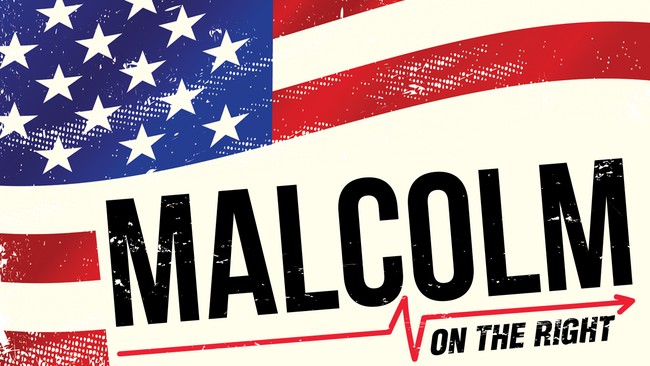
Barack Obama also felt obliged to push freedoms of religion, speech, and assembly, claiming they are “not a threat to stability, but actually reinforce stability and is the foundation of progress.”
More importantly for Vietnamese leaders, Obama lifted a U.S. embargo on lethal arms sales to bolster a counterweight to China’s neighborhood aggressions.
This change will ensure that Vietnam has access to the equipment it needs to defend itself and removes a lingering vestige of the Cold War.
But here's a little Vietnamese trickery even as it welcomed a U.S. president. It is simultaneously negotiating secretly to defy U.S. sanctions and buy Russian arms, according to a New York Times report.
Donald Trump made two trips to Vietnam -- one to praise Vietnam’s economic transformation as “one of the great miracles of the world” and emphasize trade, especially purchases of U.S. arms.
The other came in 2019 for his second summit with North Korea’s Kim Jong Un.
Joe Biden’s visit to Vietnam is strangely his first as a longtime former chair of the Foreign Relations Committee. Also strangely, Biden’s Vietnam visit matches almost exactly the travel pattern of fellow Democrat President Lyndon B. Johnson.
Like Biden, Johnson made his visit to Vietnam in autumn 1967, the year before Americans would vote on his reelection. Then, a few months later, during the 1968 primary season, faced with poor ratings and internal party challenges to dump him, Johnson made the stunning announcement in a national address that he would not seek a second elected term.
At this point in 1967, Johnson's job approval was 38 percent, according to Gallup. The latest CNN poll has Biden's job approval at 39 percent.
We shall see what Biden does come March when the GOP nominee should be clear and Americans have had six more months to witness Biden's continuing decline.
During his Vietnam visit, Biden won’t have time to say much because he’ll be there less than a day, more of a photo-op stopover on the way home from India.
Here’s a little sleight-of-schedule that Biden handlers pulled to force more news coverage of this latest presidential pilgrimage to a former foe.
Biden press aides realized that most traveling reporters were heading home from the G20 economic summit in India because the Hanoi stop was clearly perfunctory.
So, they shifted the president's main trip news conference from New Delhi to Vietnam to draw more media.
Hopefully, the U.S. leader will pronounce his host’s name correctly (Nguyen Phu Trong), and he won’t get lost exiting the stage or fall on Air Force One’s steps.
As usual, our national treasure, C-SPAN, will have video of that news conference unfiltered at C-SPAN.org.
En route home, Biden’s schedulers also squeezed in remarks to troops during a brief refueling stop in Alaska because it will be 9/11 then, and he's taking Tuesday off.
The word Vietnam is etched unfavorably in the memories of many Americans who survived that war, lost friends or family there, endured hostile homecomings, and the war-torn decade of the 1960s marked by assassinations, riots, kidnappings, and bombings.
It seemed like every day’s news began with “Guam-based B-52s bombed the North Vietnamese capital again today.”
I was in Europe in August of 1961, about to board a train to Berlin, when the infamous wall went up there.
But some good things happened, too, over the ensuing years. That wall is gone. So is the Soviet Union and its bloc of hostile satellite countries. Some are even NATO members now.
Germany is reunited. The Cold War paused for some time. American presidents are regularly flying to that Vietnamese capital of Hanoi in an Air Force plane to deliver messages of peace and cooperation, not explosives.
And today, I put on a blue U.S. Air Force T-shirt. The label says, “Made in Vietnam.”

